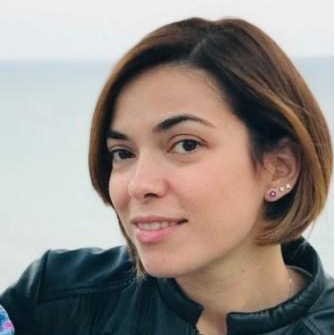Hydrogel Composites for Bioengineering Applications
A special issue of Applied Sciences (ISSN 2076-3417). This special issue belongs to the section "Materials Science and Engineering".
Deadline for manuscript submissions: closed (31 March 2021) | Viewed by 5459
Special Issue Editors
Interests: additive manufacturing; hydrogels; rheology; biocompatibility; 3D culture; in vitro models; organ-on-a-chip-devices; drug delivery
Special Issues, Collections and Topics in MDPI journals
Interests: nanocomposites; materials characterization; additive manufacturing; 3D Printing; tissue engineering and tissue repair/regeneration; hydrogels for biomedical applications
Special Issues, Collections and Topics in MDPI journals
Special Issue Information
Dear Colleagues,
This Special Issue aims at understanding, evaluating, and reviewing the complexity of hydrogel composites and their remarkable potential to provide new, exciting solutions and opportunities in bioengineering applications.
Thanks to their unique properties, hydrogels represent elective materials in the biomedical field. Their hydrophilicity, biocompatibility, different macromolecular structures, and sensitivity to stimuli have ensured their growing expansion in regenerative medicine, tissue engineering, and drug delivery. A wide range of materials has been investigated, and the synergetic effects of design and material chemistry translates into enhanced performances, both in vitro and in vivo. To this goal, the use of composite hydrogels, but also nano- and microgel composites, with superior mechanical and biological properties, has emerged as effective to stimulate or modulate specific responses.
This Special Issue of Applied Sciences, “Hydrogel Composites for Bioengineering Applications”, seeks high-quality works focusing on the following topics:
- Identification of new trends and manufacturing technologies;
- Advancements in the synthesis and characterization;
- Advantages for tissue engineering, biofabrication, and drug delivery;
- Exploitation for cell encapsulation and dynamic culture (e.g., in organs-on-chips).
We look forward to receiving your contributions for this Special Issue.
Dr. Marta Tunesi
Dr. Teresa Russo
Guest Editors
Manuscript Submission Information
Manuscripts should be submitted online at www.mdpi.com by registering and logging in to this website. Once you are registered, click here to go to the submission form. Manuscripts can be submitted until the deadline. All submissions that pass pre-check are peer-reviewed. Accepted papers will be published continuously in the journal (as soon as accepted) and will be listed together on the special issue website. Research articles, review articles as well as short communications are invited. For planned papers, a title and short abstract (about 100 words) can be sent to the Editorial Office for announcement on this website.
Submitted manuscripts should not have been published previously, nor be under consideration for publication elsewhere (except conference proceedings papers). All manuscripts are thoroughly refereed through a single-blind peer-review process. A guide for authors and other relevant information for submission of manuscripts is available on the Instructions for Authors page. Applied Sciences is an international peer-reviewed open access semimonthly journal published by MDPI.
Please visit the Instructions for Authors page before submitting a manuscript. The Article Processing Charge (APC) for publication in this open access journal is 2400 CHF (Swiss Francs). Submitted papers should be well formatted and use good English. Authors may use MDPI's English editing service prior to publication or during author revisions.
Keywords
- Bioengineering applications, regenerative medicine
- Hydrogel composites
- Biofabrication, bioprinting, cell culture, dynamic culture, drug delivery, 3D models
- Material testing and characterization






